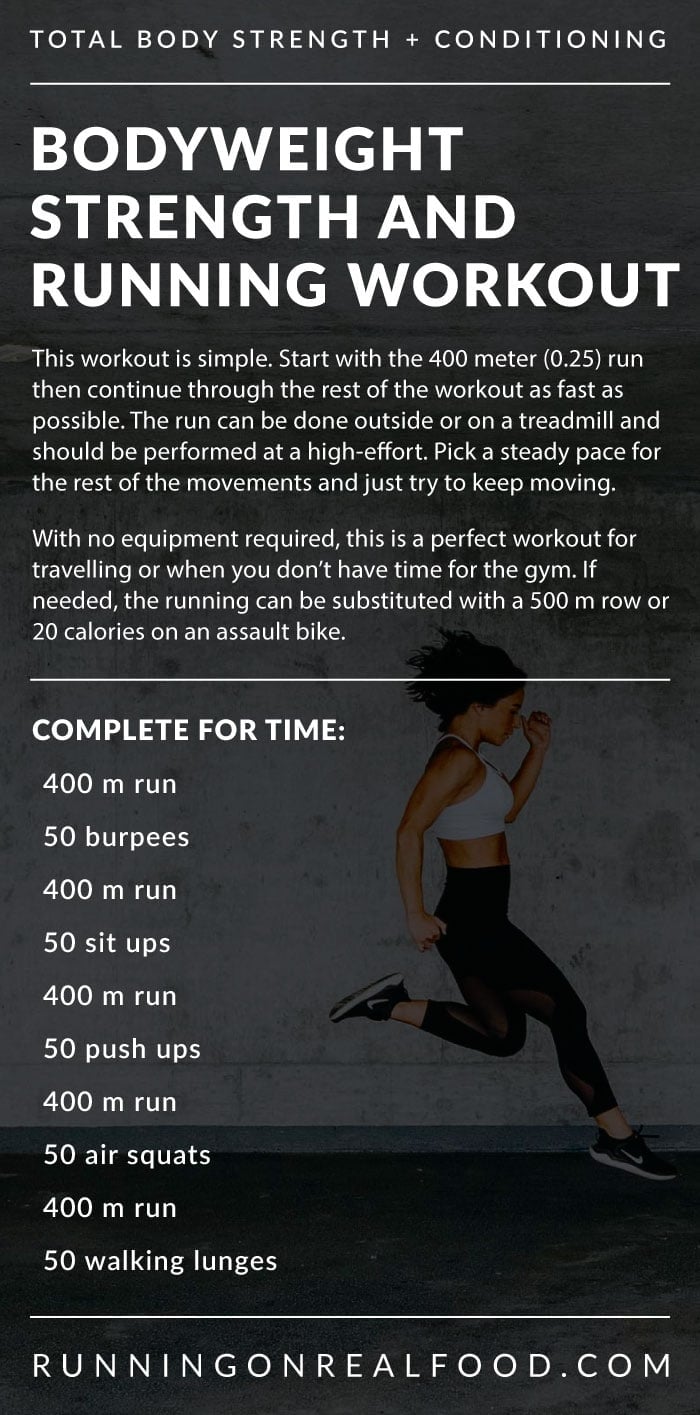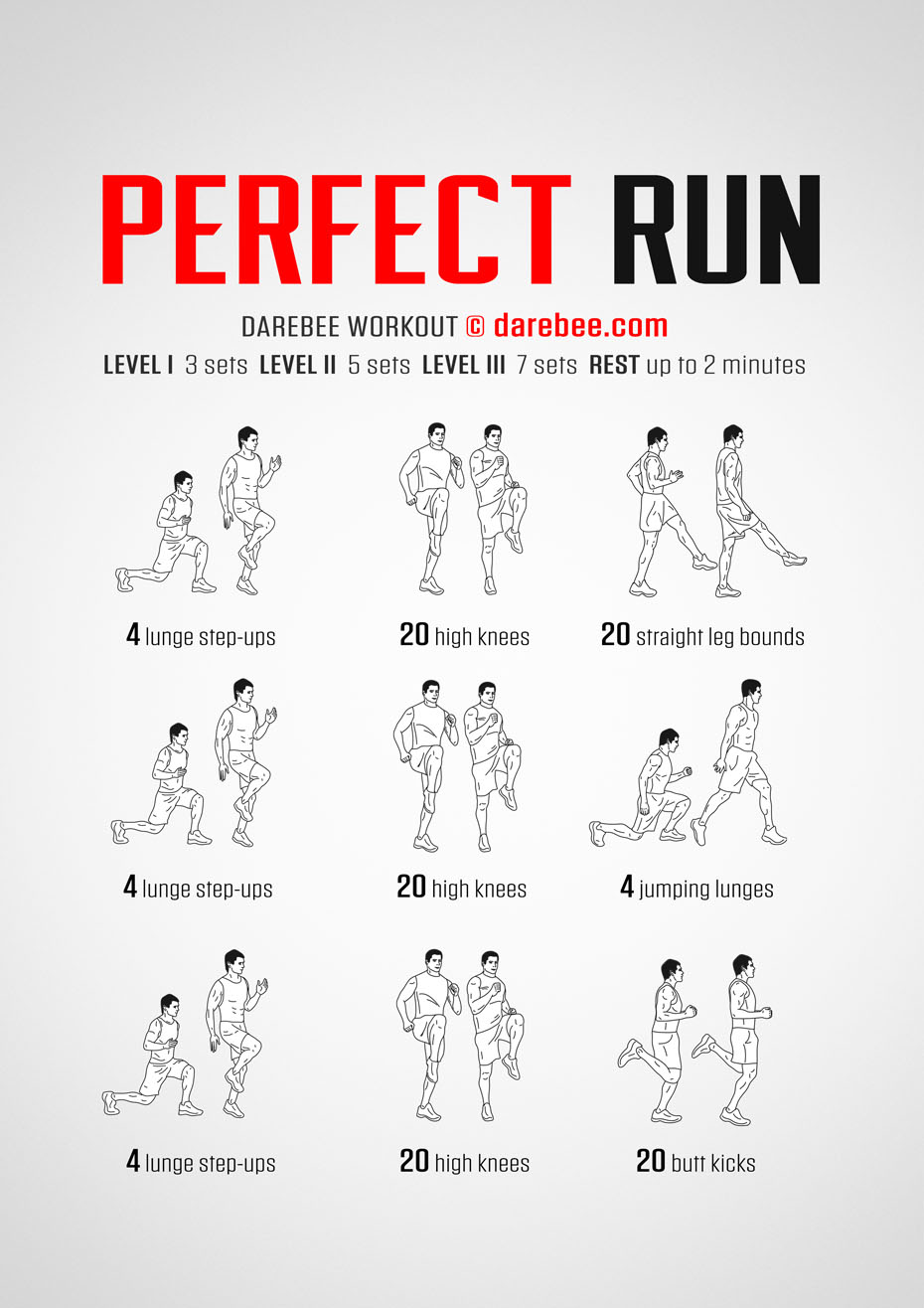Turbocharge Your Runs: Open Your Possible with Strategic Running Workouts
The Ultimate Guide to Handling Pain When Running
For joggers, experiencing discomfort during runs is not uncommon, and recognizing just how to successfully handle and avoid it can make a significant difference in your total performance and satisfaction of the sport. Whether you are a seasoned marathoner or just starting your running trip, recognizing the various sorts of pain that can occur and the techniques to resolve them is important. From pre-run workout routines to correct footwear selection, there are various aspects to consider when it pertains to dealing with pain while running. This extensive guide will equip you with the knowledge and tools essential to navigate via the discomfort and encourage you to attain your running goals with greater convenience.

Comprehending Various Kinds Of Running Discomfort
When running, it is vital to compare different kinds of pain to protect against injuries and make the most of performance (Read More). One common type of discomfort that runners may experience is muscle pain, which normally develops from the stress and anxiety placed on muscles throughout exercise. This kind of pain is commonly a regular component of the running procedure and can be taken care of through correct warm-up, cool-down, and stretching routines
An additional kind of pain to be familiar with is joint discomfort. Joint discomfort can show concerns such as overuse, inappropriate kind, or underlying problems like arthritis. Overlooking joint pain can lead to a lot more serious injuries, so it is vital to attend to any discomfort promptly and potentially look for professional recommendations.
Additionally, sharp or stabbing pains ought to not be disregarded. These sorts of discomfort can signal severe injuries such as stress, strains, or anxiety fractures - running strategy. Continuing to go through these kinds of discomfort can intensify the injury and extend healing time

Pre-Run Workout and Extending Regular
To prepare the body for a running session, implementing an effective pre-run workout and stretching regular is necessary. An appropriate warm-up aids enhance blood flow to the muscle mass, enhances adaptability, and reduces the threat of injury during the run. Start with dynamic stretches like leg swings, arm circles, and high knees to gradually elevate your heart price and chill out the muscle mass. Dynamic stretching helps resemble the movements you'll be doing while running, preparing your body for the task ahead. Follow this with fixed stretches focusing on major muscular tissue teams such as the hamstrings, quadriceps, calves, and glutes. Hold each stretch for concerning 15-30 seconds without jumping to promote muscular tissue leisure and versatility. Keep in mind to pay attention to your body and change the strength of your workout based on your health and fitness degree and any pre-existing problems. By integrating a constant pre-run warm-up and extending regular right into your running program, you can maximize performance and lessen the danger of discomfort or injury.
Correct Footwear Selection and Fit
When picking running shoes, it is important to take into consideration elements such as foot type, running like this gait, arch support, padding, and footwear size. Going to a specialty running shop for a stride evaluation and expert installation can aid make sure that you choose the right footwear for your individual requirements. Investing in top notch footwear that is appropriate for your running style and foot composition is a positive step towards preventing discomfort and injuries during your runs.
Nourishment and Hydration Tips for Pain Avoidance

Hydration is equally crucial for joggers to stay clear of aches, dehydration, and various other discomforts that can cause pain during running. It is recommended to drink an ample quantity of water throughout the day and especially previously, during, and after running sessions. Electrolyte-rich beverages or sporting activities drinks can also be useful for replenishing lost minerals and maintaining proper fluid equilibrium. running workout (Read More). By prioritizing nourishment and hydration, runners can boost their efficiency, decrease pain, and take pleasure in a much more comfortable running experience.
Post-Run Healing Techniques to Relieve Pain
Carrying out effective recuperation strategies is essential for easing pain and promoting muscle recuperation after running sessions. In addition, topping sore areas for 15-20 minutes can help minimize inflammation and numb discomfort post-run.
Moisturizing adequately post-run is crucial for replenishing liquids lost during workout and assisting in muscle healing. Consuming a well balanced snack or meal that includes healthy protein and carbohydrates within thirty minutes of finishing a run can assist repair muscle mass tissue and renew energy shops. Additionally, obtaining adequate remainder is vital for enabling the body to fix and reinforce muscles. Integrating active healing tasks such as light walking or swimming can additionally assist promote blood flow and reduce muscle stiffness - Read More. By incorporating these post-run healing techniques right into your routine, you can successfully take care of discomfort and optimize your running performance.
Verdict
In conclusion, addressing different kinds of running pain with appropriate warm-up, extending, shoes choice, nourishment, hydration, and post-run recovery methods is vital for discomfort prevention and administration. By recognizing the root causes of pain and applying these methods, runners can reduce pain and possible injuries. It is essential to focus on overall physical health and wellness and well-being to ensure an effective and enjoyable running experience.